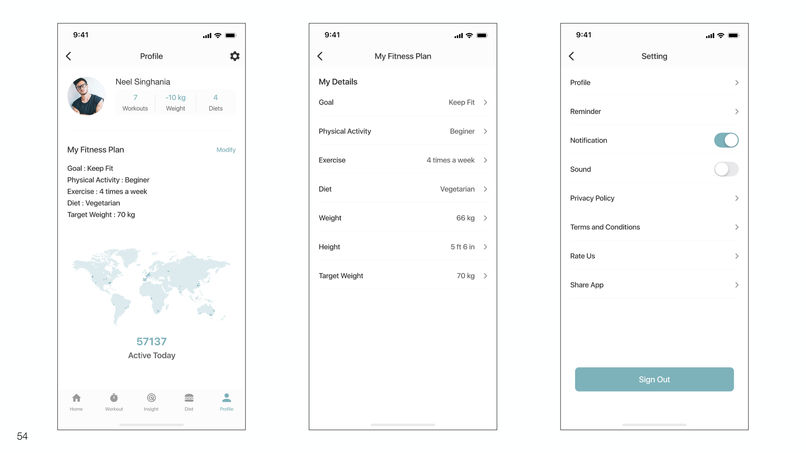PACE
What is sedentary lifestyle?
Sedentary comes from the latin term "sedere," which means "to sit."
Sedentary lifestyle is a lifestyle type, in which one is physically inactive and does little or no physical movement and or exercise. A person living a sedentary lifestyle is often sitting or lying down while engaged in an activity like socialising, watching TV, playing video games, reading or using a mobile phone or computer for much of the day. A sedentary lifestyle contributes to poor health quality, diseases as well as many preventable causes of death. Sitting time is a common measure of a sedentary lifestyle. A global review representing 47% of the global adult population found that the average person sits down for 4.7 to 6.5 hours a day with the average going up every year. The CDC found that 25.3% of all American adults are physically inactive. Screen time is a term for the amount of time a person spends looking at a screen such as a television, computer monitor, or mobile device. Excessive screen time is linked to negative health consequences. Sedentary behavior enables less energy expenditure than active behavior Sedentary behavior is not the same as physical inactivity: sedentary behavior is defined as "any waking behavior characterised by an energy expenditure less than or equal to 1.5 metabolic equivalents (METs), while in a sitting;, reclining or lying posture". Spending most waking hours sitting does not necessarily mean that an individual is sedentary, though sitting and lying down most frequently are sedentary behaviors.
Esmonde-White defines a sedentary lifestyle as a lifestyle that involves "longer than six hours a day" of sedentary behavior.
Research insight
Majority of people are concerned abot their health and lifestyle.
People are unaware of of how to deal with work, stress, presure, and good mental health.
People are unaware of the health related conequences of thier lifestyle.
People use are tend to use secondary health tracking devices to keep track of thier daily activites.
Most people work atleast 8hrs - 9hrs a day and neglect to take breaks in between
DESIGN STRATEGY
Design strategy is a method that applies the tactical thinking of a business strategy to the needs of the user to create the most effective product. This intersection between corporate strategy and design thinking achieves Long-term goals through creative applications targeted at the end user.
Target Audience:
people who want to create new habits and follow their routine lifestyle.
Age 18-40
Success factor:
Individuals lose track of their eating habits and physical inactivity as a result of their hectic lifestyle, which results in unhealthy practices. here is a need for personalised plans to held people with various disorders. Certain medical conditions are frequently misdiagnosed or under treated, posing significant health risks. Paying attention to the moment-to-moment experience of eating, sitting; and water intake can assist in improving diet managing food cravings, and even losing unhealthy weight. Login and create an account Track nutrition, calories, water intake, day to day progress. etc. pain diagnosis and treatment. Information and guideline on general Lifestyle problems and Research & Insights Design research helps us identify and prove or disprove our assumptions, find commonalities across our target audience members, and recognise their needs, goals, and mental models.
PERSONA

SWOT

LOGO, COLOUR, TYPOGRAPHY




NAVIGATION FLOW

























